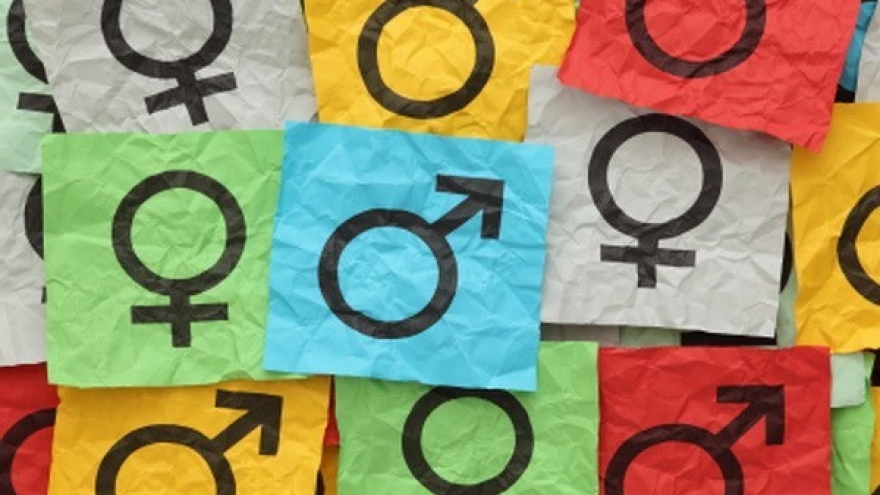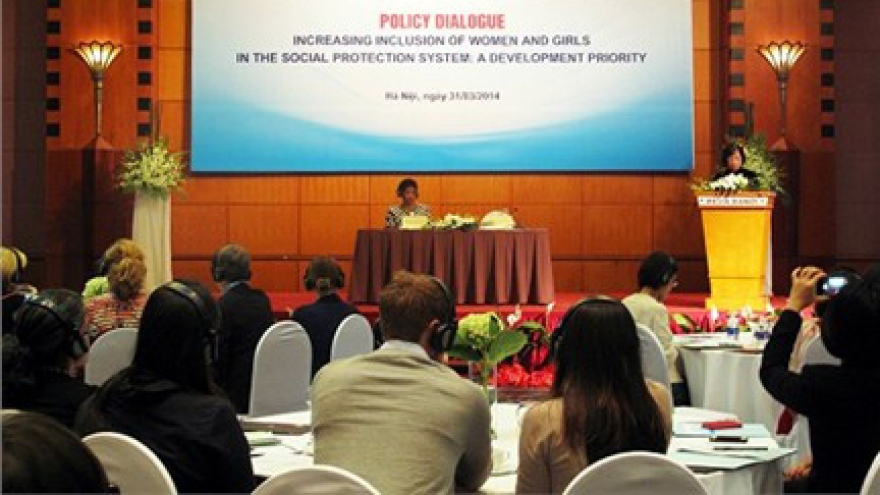Gender inequality worsens spread of HIV: workshop
Gender inequality contributes to the spread of HIV and reduces women and girls’ capacity of response to the epidemic, heard a workshop on January 17.
VAAC reported that as of September 2017, there had been 208,371 alive HIV carriers, 90,493 alive AIDS patients, and over 90,000 deaths from HIV/AIDS.
 |
| A medical worker tests blood samples at the centre for HIV/AIDS prevention and control of Lai Chau province |
In the first nine months of 2017, Vietnam recorded 6,883 HIV-infected persons and 3,484 AIDS patients while 1,260 related deaths were reported. The respective figures declined by 14%, 39% and 35% year on year.
Sexual acts are still the most common route of HIV transmission, VAAC noted.
At the workshop, some participants said gender inequality was mentioned in the framework of guidance for HIV response, including the Law on HIV/AIDS Prevention and Control and the national strategy for HIV/AIDS prevention and control until 2020. This legal framework is a good starting point to solve the gender aspects of the HIV/AIDS pandemic.
However, the national strategy has yet to fully recognise the connection between gender inequality and HIV.
Participants acknowledged that the country has made progress in HIV response in terms of prevention, treatment, caring and support, stigma and discrimination, and gender inequality, it still needs to do more to ensure that women in different groups will receive full assistance.
UN Women suggested that to deal with gender aspects of HIV, Vietnam should have a strong preventive programme to provide necessary information for women and girls to protect themselves, along with accessible treatment, caring and assistance systems at reasonable prices. It should eradicate stigma and discrimination against women while ensuring women’s rights.
VAAC Deputy Director Phan Thi Thu Huong said the health ministry will press on with communication activities and call for media outlets’ engagement to raise public awareness, boost women’s access to HIV risk reduction tools, and train more consultants to give relevant advice to women and girls.
At the workshop, participants also discussed the outcomes of gender assessment in Vietnam’s HIV response, the HIV pandemic in the country, and the burden of HIV/AIDS on women and girls.


